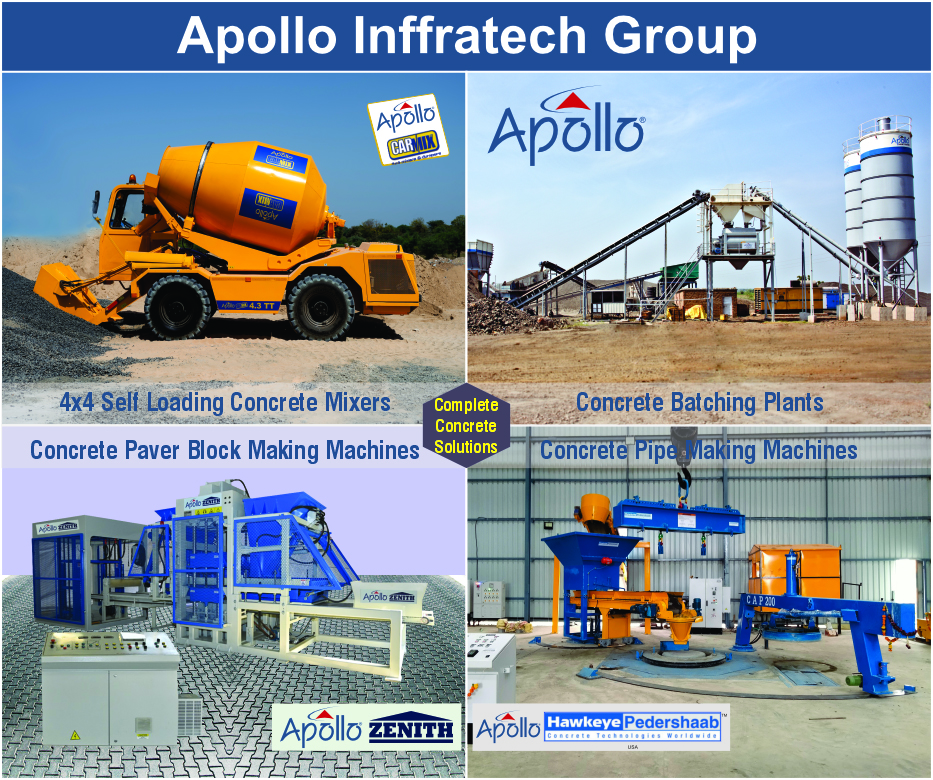The construction industry in Nepal is transforming as Artificial Intelligence (AI), the Internet of Things (IoT) and robotics converge to deliver safer, faster and more efficient building projects.
In 2016, Russian firm Apis Cor demonstrated 3D-printed homes by printing a structure in under 24 hours. Bricklaying robots such as Semi-Automated Mason can place blocks six times faster than masons, and Hilti’s exoskeletons halve strain on workers. AI-enabled drones and devices monitor progress and quality in real time, keeping projects on schedule and within specification.
Safety improvements are critical: the sector records about 200 accidents per 1,000 workers—far higher than other industries. Sensor networks detect unsafe equipment positioning or missing protective gear, triggering instant alerts. IoT-based landslide warning systems in Dolakha district have already saved lives by predicting slope failures before disaster strikes.
Despite these advances, Nepal lags behind global leaders in adopting such technologies. Experts urge policymakers, researchers and industry stakeholders to collaborate on national strategies that scale pilot projects into widespread implementation. Such initiatives promise to enhance resilience against natural hazards, streamline labour use and shift workers towards creative, supervisory roles. Stakeholders believe timely adoption will attract investment and boost economic growth.









